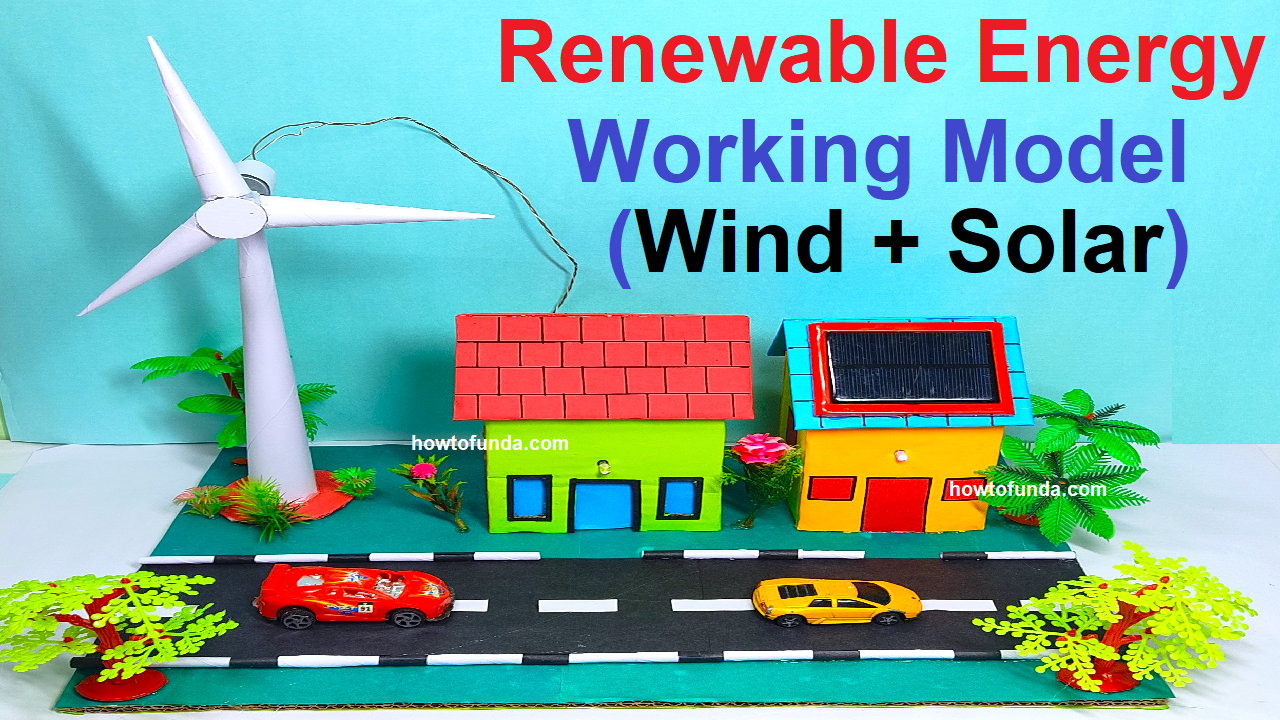Solar energy is a renewable and sustainable source of power derived from the sun’s radiation.
This form of energy harnesses sunlight and converts it into electricity or heat for various applications

Here’s an explanation of solar energy:
- Sunlight as a Resource:
- Explanation: Solar energy is generated by harnessing the power of sunlight, which is a vast and virtually limitless resource. The sun emits an enormous amount of energy continuously.
- Solar Photovoltaic (PV) Systems:
- Explanation: Solar PV systems use photovoltaic cells to convert sunlight directly into electricity. These cells, typically made of silicon, generate an electric current when exposed to sunlight through the photovoltaic effect.
- Solar Thermal Systems:
- Explanation: Solar thermal systems capture sunlight to generate heat. This heat can be used for various applications, including generating steam to drive turbines for electricity generation or providing hot water for residential and industrial purposes.
- Solar Panels:
- Explanation: Solar panels, also known as solar modules, are the primary components of solar PV systems. They consist of interconnected solar cells that capture sunlight and convert it into direct current (DC) electricity.
- Inverters:
- Explanation: In solar PV systems, inverters convert DC electricity produced by solar panels into alternating current (AC), which is the type of electricity used in homes and businesses.
- Net Metering:
- Explanation: Net metering is a billing arrangement where excess electricity generated by a solar PV system is fed back into the grid. In return, the owner receives credit or compensation for the surplus electricity.
- Solar Water Heating Systems:
- Explanation: Solar water heating systems use sunlight to heat water for domestic or industrial purposes. These systems typically include solar collectors to absorb sunlight and transfer the heat to a fluid that circulates through a heat exchanger.
- Solar Concentrators:
- Explanation: Solar concentrators focus sunlight onto a small area, increasing its intensity. This concentrated solar energy is used for various applications, including generating steam for power plants or providing heat for industrial processes.
- Off-Grid Solar Systems:
- Explanation: Off-grid solar systems are designed to operate independently of the electric grid. They often include energy storage solutions, such as batteries, to store excess electricity generated during sunny periods for use during times of low or no sunlight.
- Environmental Benefits:
- Explanation: Solar energy is a clean and environmentally friendly source of power. Its use reduces greenhouse gas emissions, air pollution, and reliance on finite fossil fuels, contributing to a more sustainable and eco-friendly energy landscape.
- Global Potential:
- Explanation: Solar energy has vast global potential, with the capability to meet a significant portion of the world’s energy needs. Advancements in technology and decreasing costs have made solar energy increasingly accessible and economically viable.
- Government Incentives:
- Explanation: Many governments offer incentives, subsidies, and tax credits to encourage the adoption of solar energy. These incentives aim to accelerate the transition to renewable energy and reduce dependence on traditional energy sources.
In summary, solar energy harnesses the power of sunlight to generate electricity or heat. As a clean and renewable resource, solar energy plays a crucial role in the transition to a more sustainable and environmentally friendly energy future.

